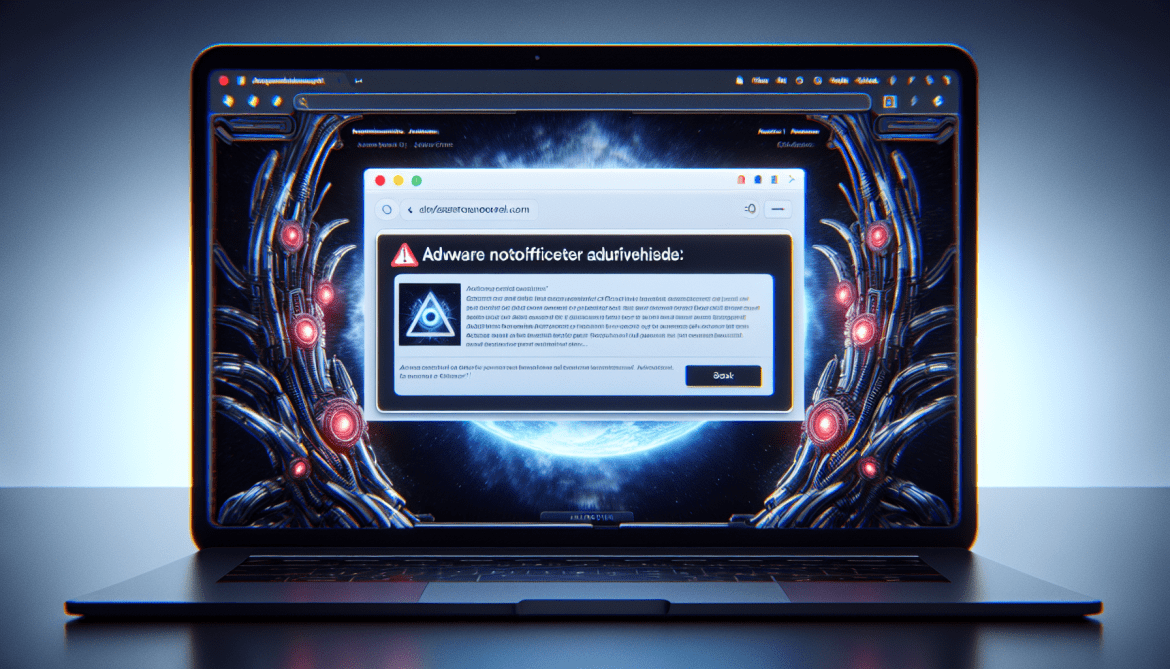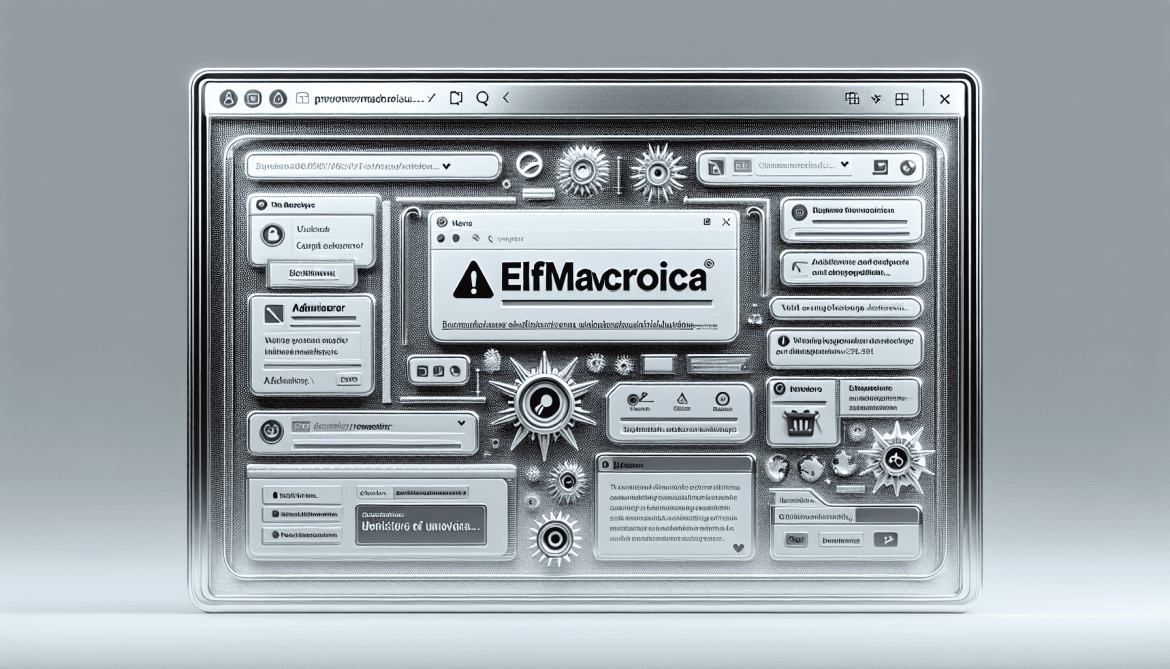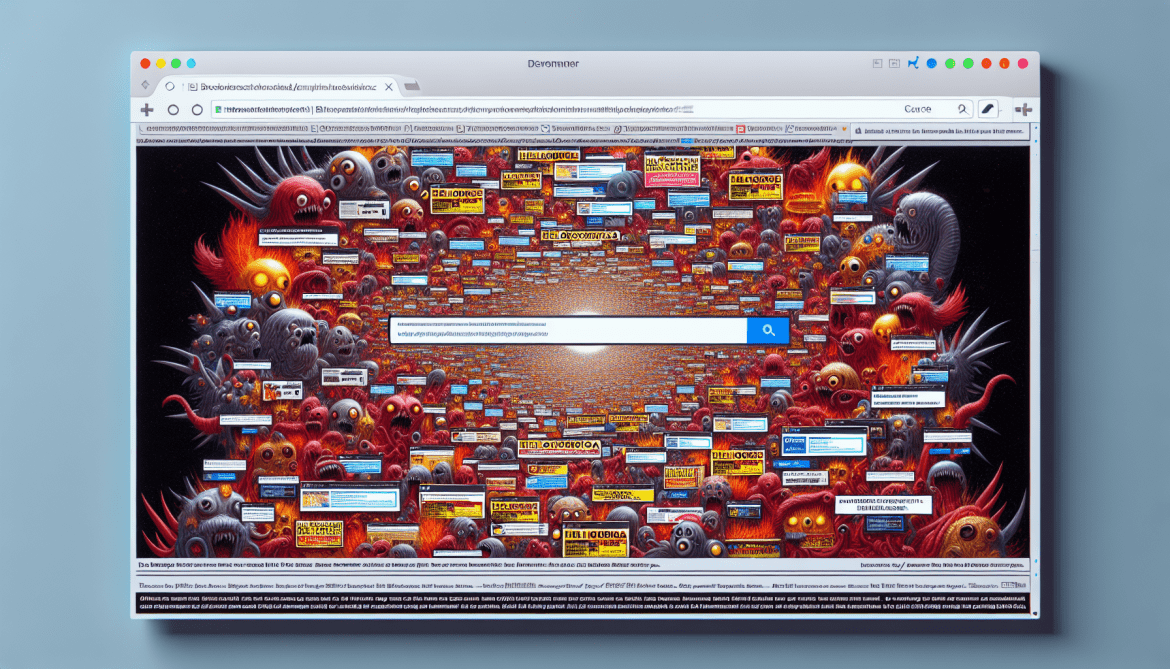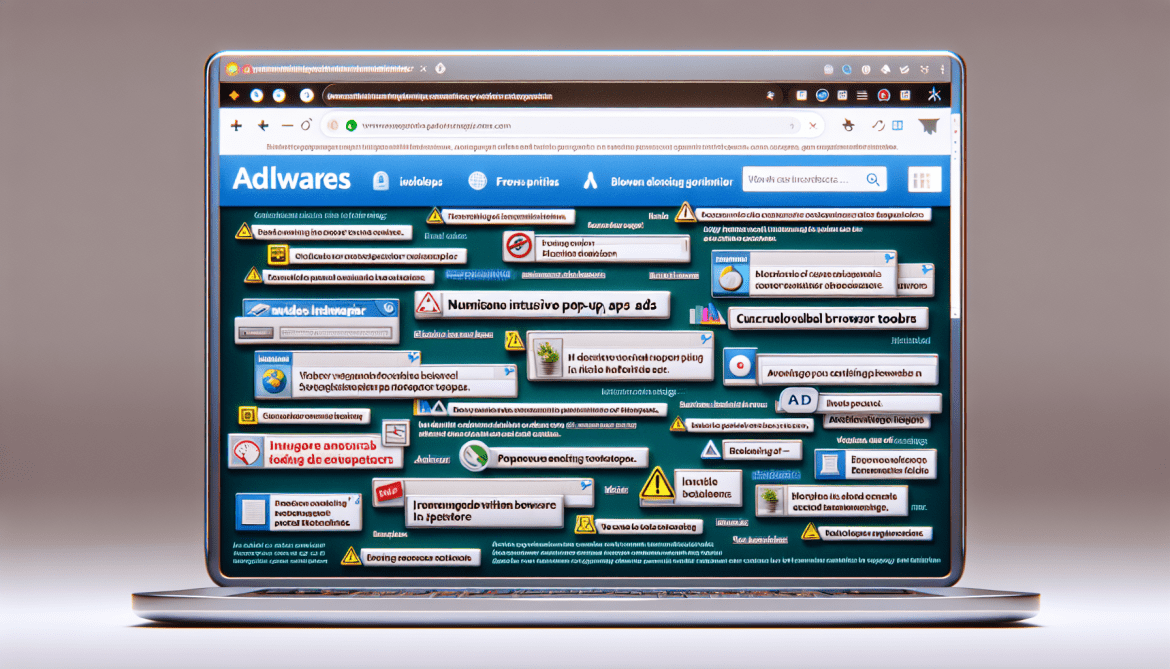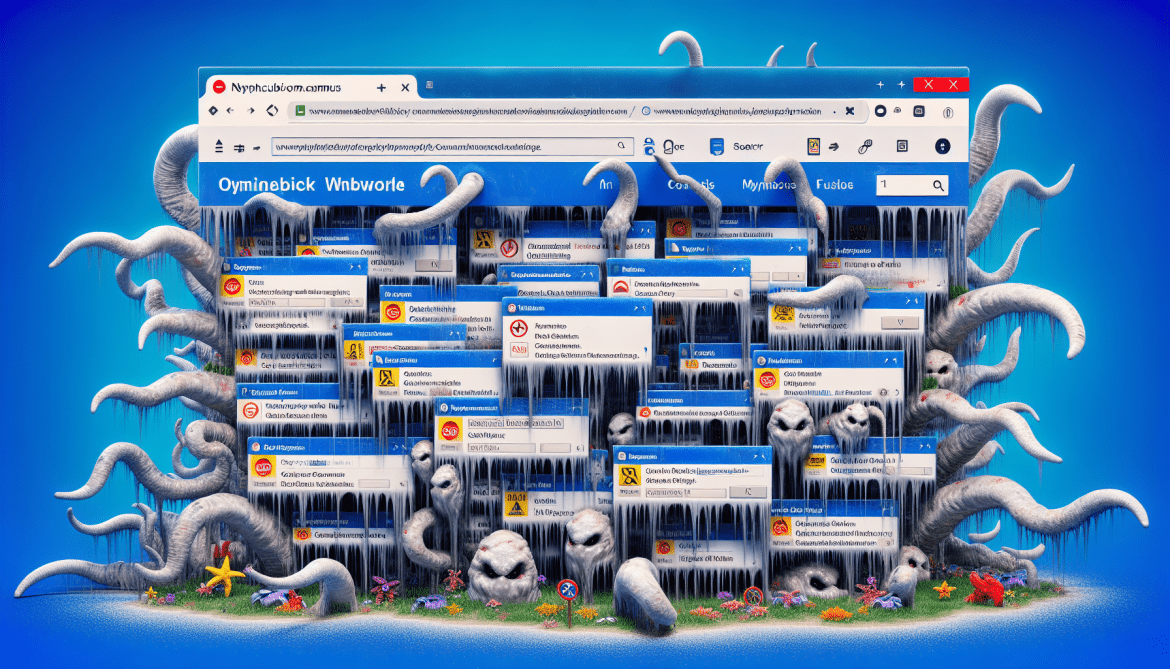Guardian Angel is a type of adware that infects computers by displaying unwanted and intrusive advertisements to users. This adware usually gets installed on a computer without the user’s knowledge or consent, often bundled with other software downloads or through malicious websites. Once installed, Guardian Angel tracks the user’s online activities and displays targeted ads based on their browsing history.
Guardian Angel can also modify browser settings and redirect users to unfamiliar websites, attempting to generate revenue through pay-per-click advertising. This adware can slow down the computer’s performance and compromise the user’s privacy by collecting sensitive information. To protect against Guardian Angel and other types of adware, users should be cautious when downloading software from the internet and regularly update their antivirus software to detect and remove any malicious programs.


